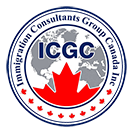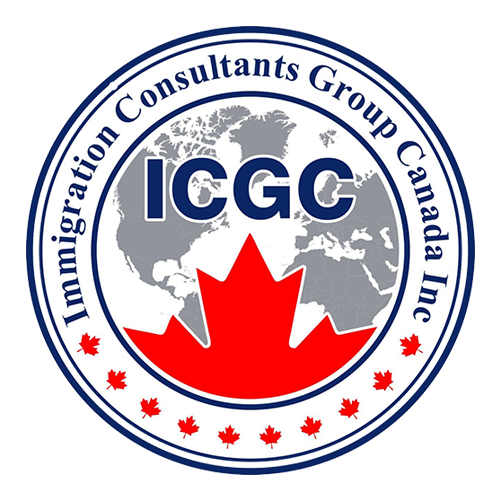Provincial Government in Canada
Canada, as a vast and diverse country, recognizes the significance of regional governance to address unique local needs, foster economic development, and promote regional identity. The Canadian federal system allows for the existence of regional governments, each with its own jurisdiction and responsibilities. Here we explore the role of regional government in Canada, highlighting their functions, decision-making processes, and contributions to the overall governance of the country.
Regional governments in Canada are commonly referred to as provincial and territorial governments. The country is divided into ten provinces (British Columbia, Alberta, Saskatchewan, Manitoba, Ontario, Quebec, New Brunswick, Prince Edward Island, Nova Scotia, Newfoundland and Labrador) and three territories (Yukon, Northwest Territories, Nunavut). Each province and territory has its own government, headed by a Premier or Chief Minister, and a legislative assembly responsible for enacting laws and policies specific to their jurisdiction.
Provincial and territorial governments have authority over areas such as education, healthcare, natural resources, transportation, infrastructure, and property laws. They have the ability to enact legislation and regulations within their jurisdictions, tailored to meet the needs and aspirations of their residents. They play a crucial role in providing essential social programs and services to their citizens. These may include healthcare, education, social assistance, childcare, housing, and cultural initiatives. Provinces are responsible for designing and implementing policies that address the specific needs of their population.
Provincial governments actively participate in promoting economic growth within their jurisdictions. They develop strategies and policies to attract investment, support entrepreneurship, and foster regional industries. Additionally, they may offer grants, incentives, and economic development programs to encourage business expansion, job creation, and innovation. They oversee the development and maintenance of regional infrastructure, including roads, bridges, public transit systems, and utilities. Provinces prioritize transportation planning, ensuring efficient movement of goods and people, and are responsible for regulating transportation systems within their regions.
Provincial governments have jurisdiction over the management and regulation of natural resources within their boundaries. This includes forestry, mining, water resources, and environmental protection. They establish policies and regulations to balance economic development with sustainable resource management and environmental conservation.
The Premier, along with the legislative assembly, is responsible for making key decisions on behalf of their constituents. The decision-making process typically involves the following steps:
Election:
The citizens of each province or territory participate in periodic elections to choose their representatives. The political party that secures the majority of seats forms the government, and its leader becomes the Premier.
Legislative Assembly:
The legislative assembly consists of elected members, commonly referred to as Members of the Legislative Assembly (MLAs) or Members of the National Assembly in the case of Quebec (MNAs). These representatives debate and vote on proposed legislation, ensuring the views and interests of their constituents are represented.
Policy Formation:
The government develops policies and initiatives based on the party’s election platform, consultation with stakeholders, and expert advice. These policies are formulated to address regional issues, promote economic development, and meet the needs of the population.
Legislation and Governance:
Once a policy or law is proposed, it goes through the legislative process, including readings, committee reviews, and debates. If approved by the legislative assembly, it becomes law and is enforced by regional government authorities.


